talkingfashion
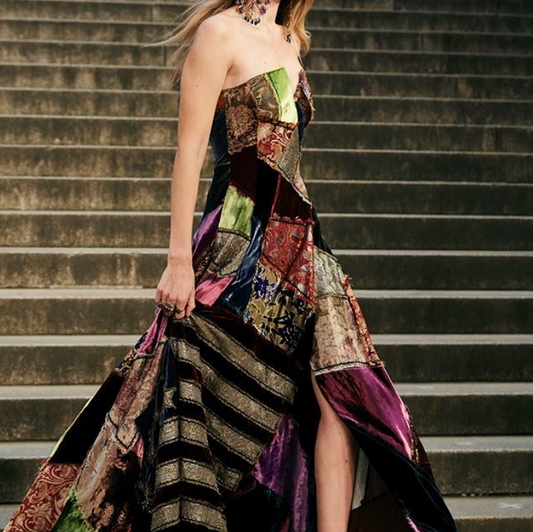
The History of Sustainable Fashion
The History of Sustainable Fashion by Morgan Watkins With our planet warming and our landfills piling up all across the globe, talks of sustainable living has made room for itself at...
The History of Sustainable Fashion
The History of Sustainable Fashion by Morgan Watkins With our planet warming and our landfills piling up all across the globe, talks of sustainable living has made room for itself at...

A Colorful Look into Dia de los Muertos
A Colorful Look into Día de los Muertos written by Morgan Watkins Known far and wide as the Day of the Dead, Día de los Muertos celebrates death with joyous festivities,...
A Colorful Look into Dia de los Muertos
A Colorful Look into Día de los Muertos written by Morgan Watkins Known far and wide as the Day of the Dead, Día de los Muertos celebrates death with joyous festivities,...
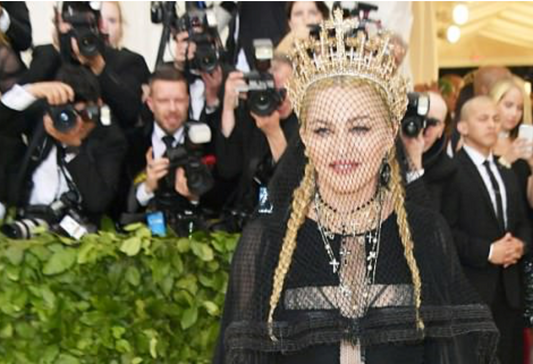
From Catholicism to Couture: The Fashion Cross
From Catholicism to Couture: The Fashion Cross By Paige McKirahan Fashion is like a religion for some, so it is only customary that it finds inspiration in true religious...
From Catholicism to Couture: The Fashion Cross
From Catholicism to Couture: The Fashion Cross By Paige McKirahan Fashion is like a religion for some, so it is only customary that it finds inspiration in true religious...
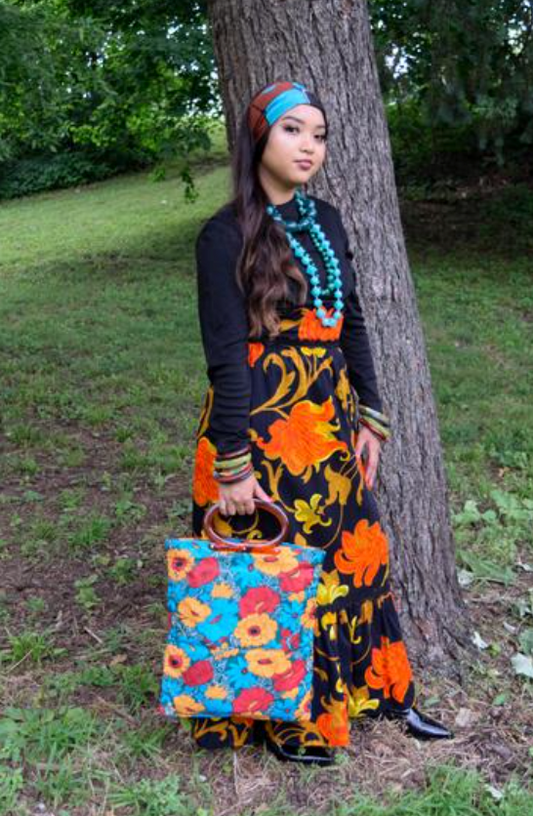
Floral Patterns Bloom in Fashion
Floral Patterns Bloom in Fashion By Paige McKirahan From Dia de los Muertos style to spring classics, florals have always been one of fashion's most beloved patterns. In jewelry...
Floral Patterns Bloom in Fashion
Floral Patterns Bloom in Fashion By Paige McKirahan From Dia de los Muertos style to spring classics, florals have always been one of fashion's most beloved patterns. In jewelry...
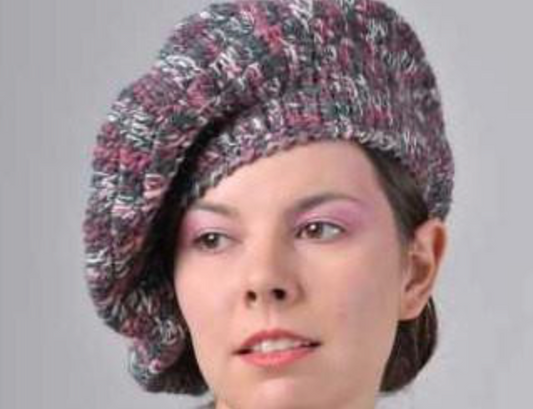
Designer Spotlight of the Week: Missoni
Designer Spotlight of the Week: Missoni By Paige McKirahan Considering our discussion of color and patterns in the fashion world this week, it was only appropriate to spotlight one of...
Designer Spotlight of the Week: Missoni
Designer Spotlight of the Week: Missoni By Paige McKirahan Considering our discussion of color and patterns in the fashion world this week, it was only appropriate to spotlight one of...
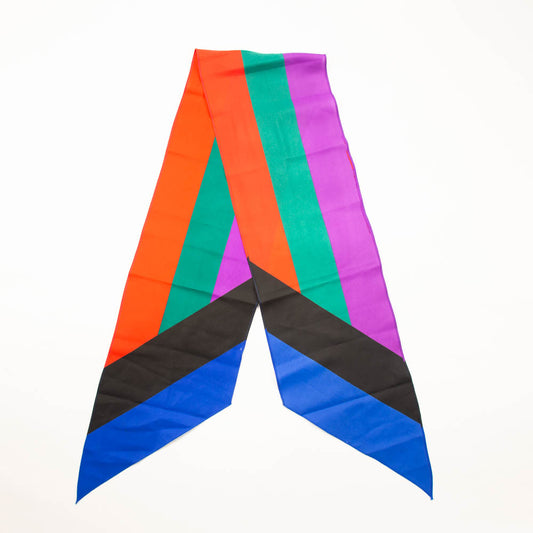
Color and Fashion: Effects on Mood
Color and Fashion: Mood By Paige McKirahan Welcome back, TalkingFashion readers! Does our last black and white article have you feeling down? Did the Pantone colors make you feel...
Color and Fashion: Effects on Mood
Color and Fashion: Mood By Paige McKirahan Welcome back, TalkingFashion readers! Does our last black and white article have you feeling down? Did the Pantone colors make you feel...